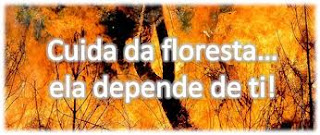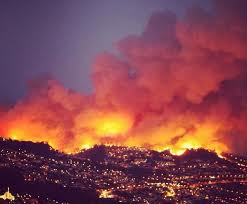As far as the fires are concerned, they are mostly of human origin, either by negligence and accidents or intentionally. The fires of natural causes account for a small percentage of the total number of occurrences.
• Do not throw fireworks in the forest or in a 500 meters distance to its limits.
• Do not burn garbage within the forest or in a 300 meters distance to its limits.
• Do not make light of any kind in the forests and roads that cross it, and clean the bushes, a minimum of 50 meters around the houses, warehouses, workshops and other facilities.
About summer storms, I only recall a thunderstorm night in August many years ago. My most vivid memories are about those hot summer nights in the Douro with no wind at all.





